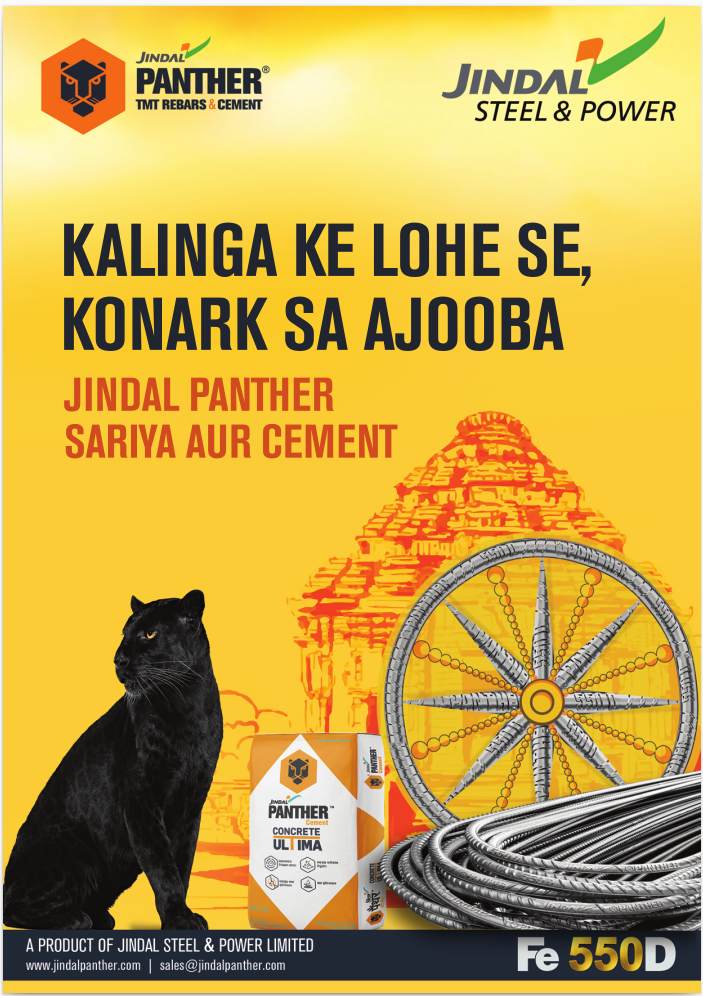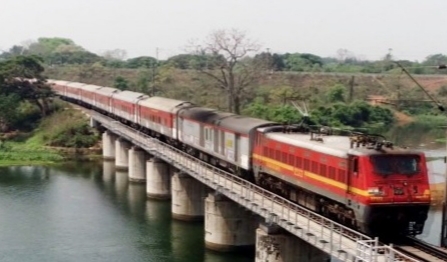New Delhi: Encouraged by swelling volume of business in transportation of automobiles, Indian Railways is readying customised wagon for transportation of SUV vehicles.
“To accommodate SUV cars, new design of auto-carrier wagons is under finalization in RDSO in addition to existing BCACBM wagons” said a PIB press release.
Railways, being a cleaner mode of transportation, not only helps automobile industry to quickly transport bulk volumes over long distances, but also gives opportunity to reduce their carbon footprint. Automobile traffic over Indian Railways has witnessed a tremendous growth during the recent past. This growth in automobile traffic has been the result of various initiatives viz. availability of specialized privately owned wagons. On the basis of the issues raised by the stakeholders in the automobile industry, including Society for Indian Automobiles Manufactures (SIAM), the Automobile Freight Train Operator (AFTO) policy has been liberalized from time to time. It allows automobile manufacturers to own their wagons specialized for their needs.
To facilitate loading /unloading of automobiles, design-modification to the existing NMG wagons is also under execution (NMGH and NMGHS) based on the suggestions received from investors/logistics providers.
Also, for increasing short lead traffic, freight rate has been revised for NMG/BCCNR and BCACM wagons upto -1200 km. More terminals are being opened up for automobile traffic as per demands of the industry.
Presently, Indian Railway has a fleet of 90 NMG rakes. In addition, 43 BCACBM rakes have been inducted by approved Train Operators under AFTO scheme.
| Number of rakes loaded | |
| 2019-20 | 1,599 |
| 2020-21 | 2,681 |
| 2021-22 | 3,344 |
| 2022-23 (till Aug) | 2,206 |
Comparison with last year:
| Number of rakes loaded | ||
| 2021-22 | 2022-23 | |
| April | 270 | 369 |
| May | 123 | 392 |
| June | 284 | 443 |
| July | 317 | 494 |
| August | 320 | 508 |
Therefore, volume of transportation of small passenger vehicles(cars) by railways has increased by 68% YoY during the first five months of the current FY.
Modal share in ‘domestic’ transportation of ‘passenger vehicles (cars)’*:
2013-14: 1.50%
2014-15: 2.08%
2015-16: 3.62%
2016-17: 4.13%
2017-18: 4.50%
2018-19: 7.06%
2019-20: 11.17%
2020-21: 14.71%
2021-22: 16.00%
* These are estimates based on transportation of cars only.







